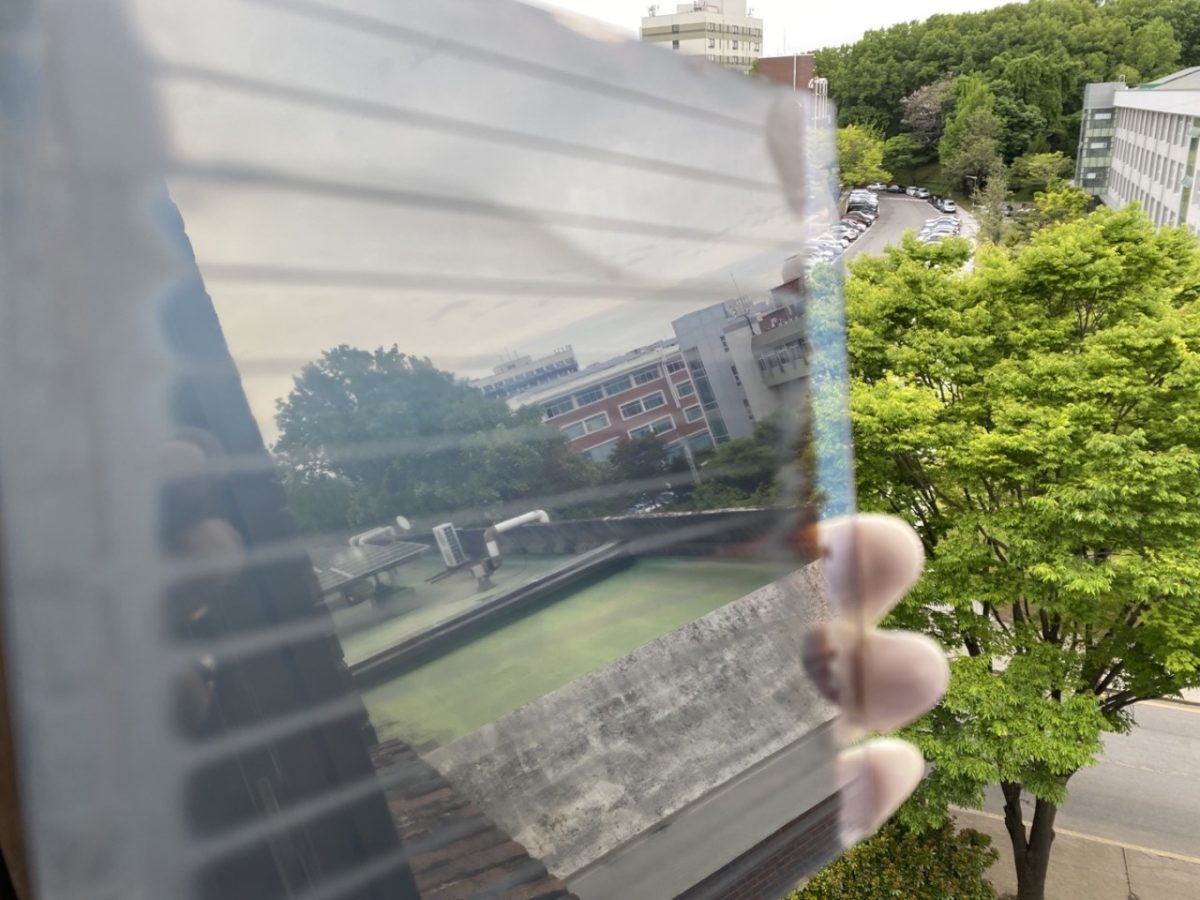An international research group has built an all-inorganic perovskite solar cell with a terbium doped solar absorber, which purportedly increases thermal stability.
“We developed a low-cost and simple hot-air method and we also used terbium doping and quantum passivation techniques to stabilize the perovskite phase in the ambient conditions,” researcher Sawanta S. Mali told pv magazine. “One of the promising advantages is that all processes are carried out in ambient conditions.”
The scientists fabricated the cell with a perovskite known as CsPbI2Br, which has a remarkable energy bandgap of 1.91 eV. However, it is also known for stability issues.
“Its phase stability in ambient air still needs improvement due to role moisture plays in accelerating the perovskite-to-non-perovskite phase transformation,” they explained, noting that the addition of quantum dots within the perovskite crystal bulk, and at surfaces and interfaces, reduced the density of surface defects.
They used bulk passivation (BP) and surface passivation (SP) techniques to implement terbium doping. The cell has a tin oxide (FTO) substrate, an electron transport layer (ETL) based on mesoporous titanium oxide (TiO2), the perovskite layer, a hole transporting layer (HTL) made of the polymer Regioregular poly(3-hexylthiophene) (P3HT), and a top electrode based on gold (Au).
This cell configuration achieved a power conversion efficiency of 17.51%, an open-circuit voltage of 1.315 V, a short-circuit current of 16.34 mAcm-2, and a fill factor of 81.53%. The device was also able to retain more than 90% of its initial efficiency after aging in 50% to 60% relative humidity for more than 500 hours.
The researchers claim they were also able to build a larger 5 cm x 5 cm (25 cm2) perovskite solar cell module with an efficiency of 10.4%.
“We are planning to make a 15 cm x 15 cm (225 cm2) module using by combining hot-air, blade coating and air-knife methods,” Mali said.
The research group introduced the cell technology in “Terbium-doped and dual passivated γ−CsPb(I1-xBrx)3 inorganic perovskite solar cells with improved air-thermal stability and high efficiency,” which was recently published in Advanced Materials. The group includes scientists from Chonnam National University in South Korea, Shivaji University in India, the Belgian research institute KU Leuven, and Cardiff University in the United Kingdom.
This content is protected by copyright and may not be reused. If you want to cooperate with us and would like to reuse some of our content, please contact: editors@pv-magazine.com.




Very interesting.Great achievement.